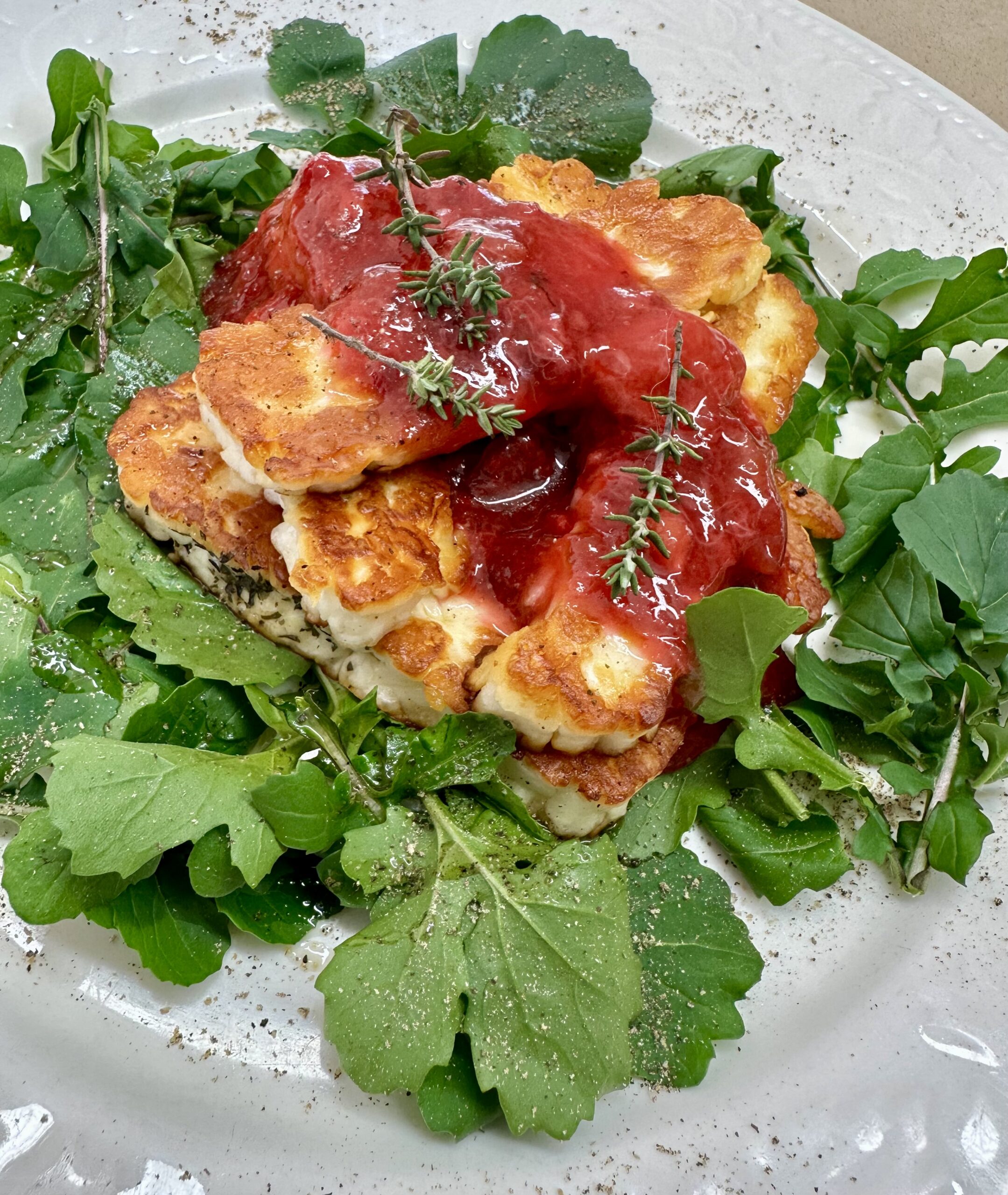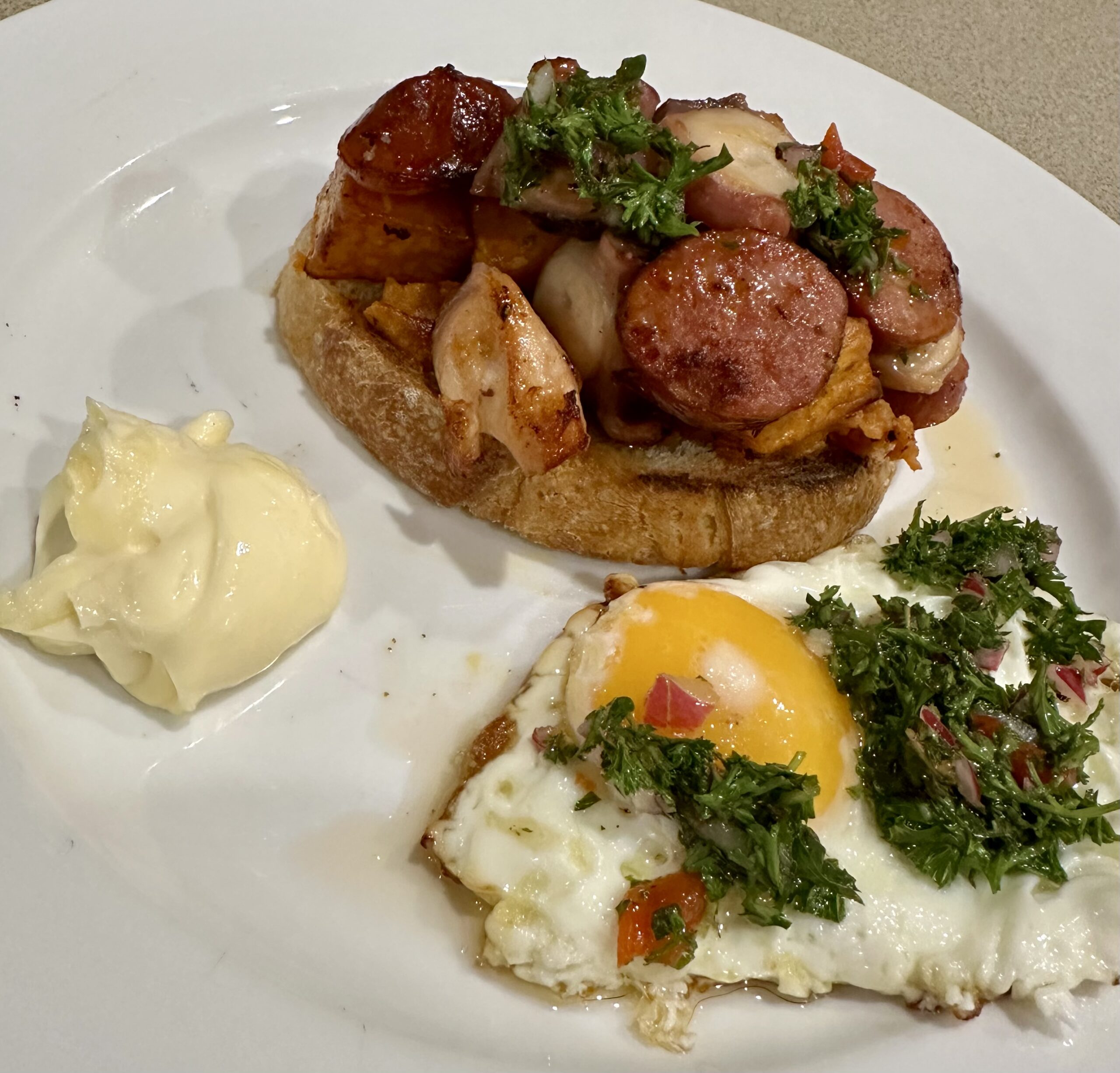
We’ve just spent our first holiday in Portugal, sandwiched between a week in the UK and ten days in France.
On arrival in Porto, Portugal’s second largest city, we picked up a car and headed north to mozey around the Douro River Valley. Picturesque terraced vineyards flank both sides of the river and the area became a UNESCO World Heritage site in 2001. These man-made terraces carved into the steep banks of the river have been producing world-famous wines, particularly fortified port wine, since the 17th century.
Many of the most influential and well-known port wine houses, such as Taylor’s and Sandeman, were founded by British families. Today a significant number of the major port brands are still British in origin, but ownership and production are mostly Portuguese or international.
Porto Tónico quickly became my favourite tipple to sip while watching the sun go down. It’s made like a gin and tonic, using white port instead of gin. I had never heard of white port but on return to Australia found that it’s available in most large bottle shops. Add tonic or soda water, or a combination, depending how sweet you like things. Garnish with a slice of orange – or some orange peel removed with a vegetable peeler – a sprig of fresh mint if available and lots of ice.
The vineyard estates are called quintas. Most do wine tastings and some have restaurants. The highlight of a delicious lunch at the Quinta de Bomfin was Crème Brulée (my favourite dessert) served with carrot and ginger ice cream which was flavoured with grated tonka beans. Yes I had to look them up too!

A river trip from Pinhão is the best way to experience the Douro Valley, with views of the historic quintas and tranquil river landscapes. Some of these river boat cruises last several hours and include lunch, but we went on a one hour trip.

We returned the car when we got back to Porto, where we then spent two nights. There’s plenty to do in this vibrant city, from climbing 225 steps of the Torre dos Clérigos to get a panoramic view of the city, to walking along the top level of the Dom Luis Bridge, designed by a disciple of Gustave Eiffel, to watch the sun go down.
A good find in Porto was Mistu, a restaurant serving modernised international and Mediterranean dishes and great cocktails. We had a selection of cold starters and the stand out was the Seared Butterfish with Foie Gras, Wakame and Ponzu Sauce.
From Porto we caught the train to Lisbon, a scenic journey which takes about three hours. We were there for three nights – enough time to catch up with Portuguese friends for dinner in their house and to discover a couple of delightful eateries. Cervejaria Ramiro is famous for fresh seafood, cooked simply and served at long tables where everyone sits together. We were told we had to book online and found that the only time slot available for lunch or dinner was 3pm. We turned up at 2.15pm and asked the girl at the door (with our saddest famished faces) if we might come in earlier than our reservation. “Sem problemas” she said and took us to join some Americans at a long table which had several spare seats.
I don’t know why it was so hard to get a booking online as there were several empty tables in this bustling establishment. This is not somewhere you go for a burger or steak and there’s a minimum charge of 25 Euros a head which you pay when you book. Huge tiger prawns cooked on a bed of salt were to die for. Conversation with our new American friends, who were from Washington DC, was lively.
The extensive tram system is a good way to see the city. There’s also an underground system as well as buses and little motorised tourist buggies, plus of course lots of walking. On our last evening we enjoyed a delicious selection of starters and side dishes at a little bistro in Praca das Flores called O’ Bistro – toasted brioche with foie gras and poached pear, French fries with truffle mayonnaise, devilled eggs and, to finish, we shared a decadent dark chocolate mousse garnished with a few flakes of sea salt and a drizzle of extra virgin olive oil.
Portuguese tarts are there to tempt you on every street corner. My recipe may not be as authentic as some Portuguese tart recipes, but they’re delicious and very quick to make using bought puff pastry. Click on the link for the recipe, photo above.




 1 bunch rocket, washed and spun dry
1 bunch rocket, washed and spun dry




 1 sweet potato (see variations)
1 sweet potato (see variations)
